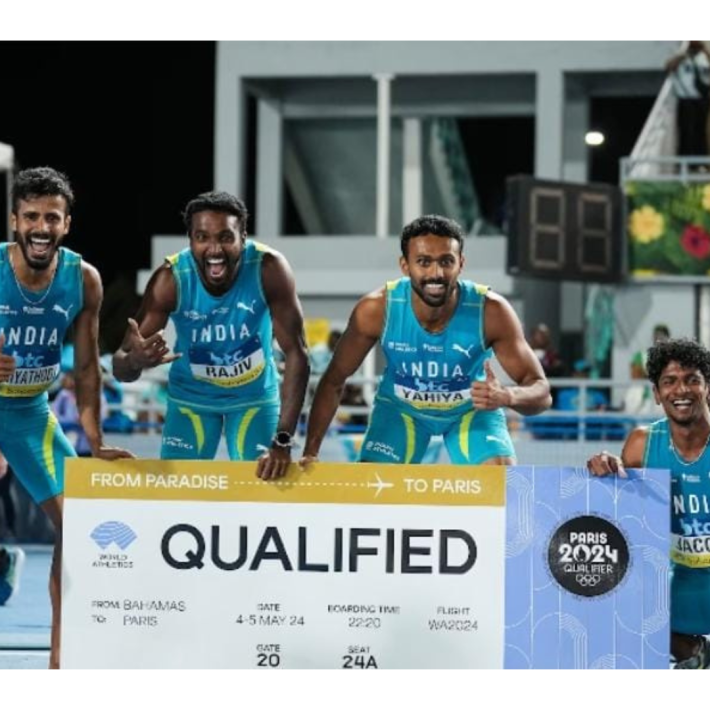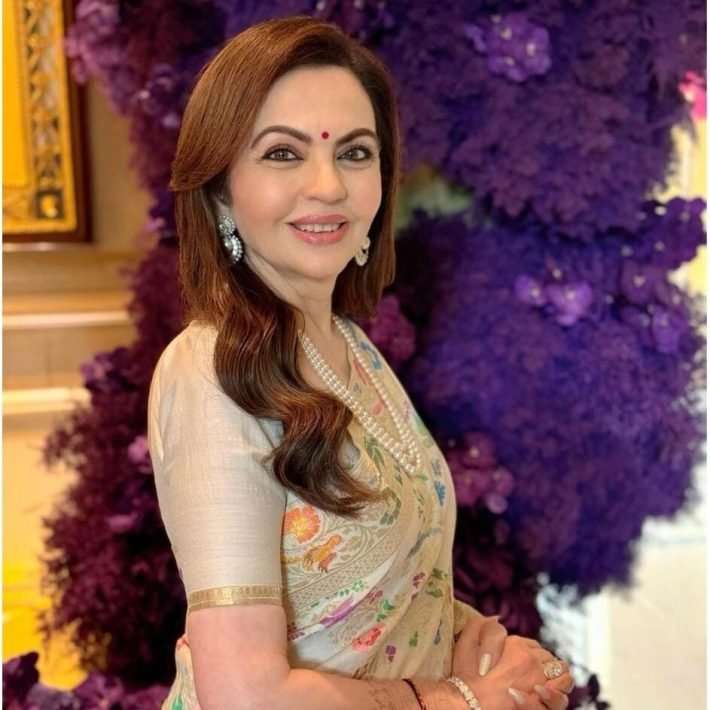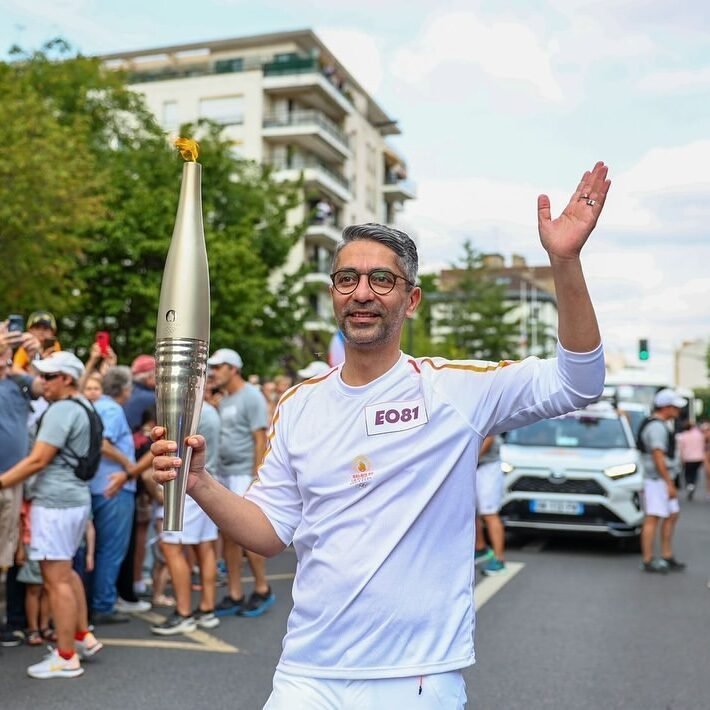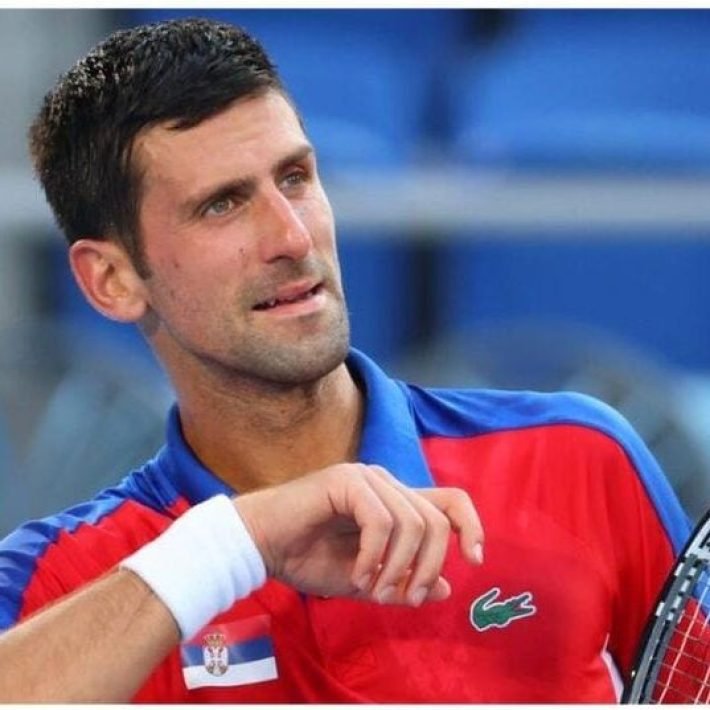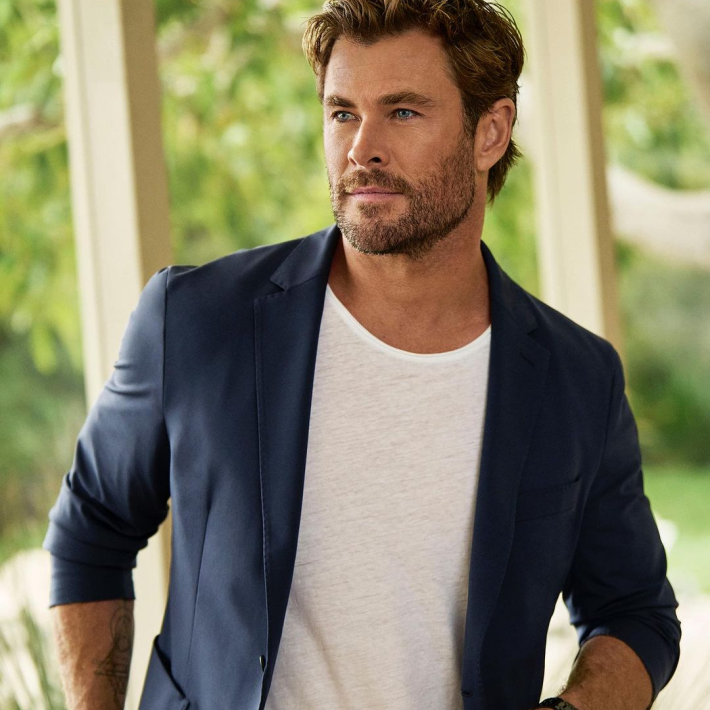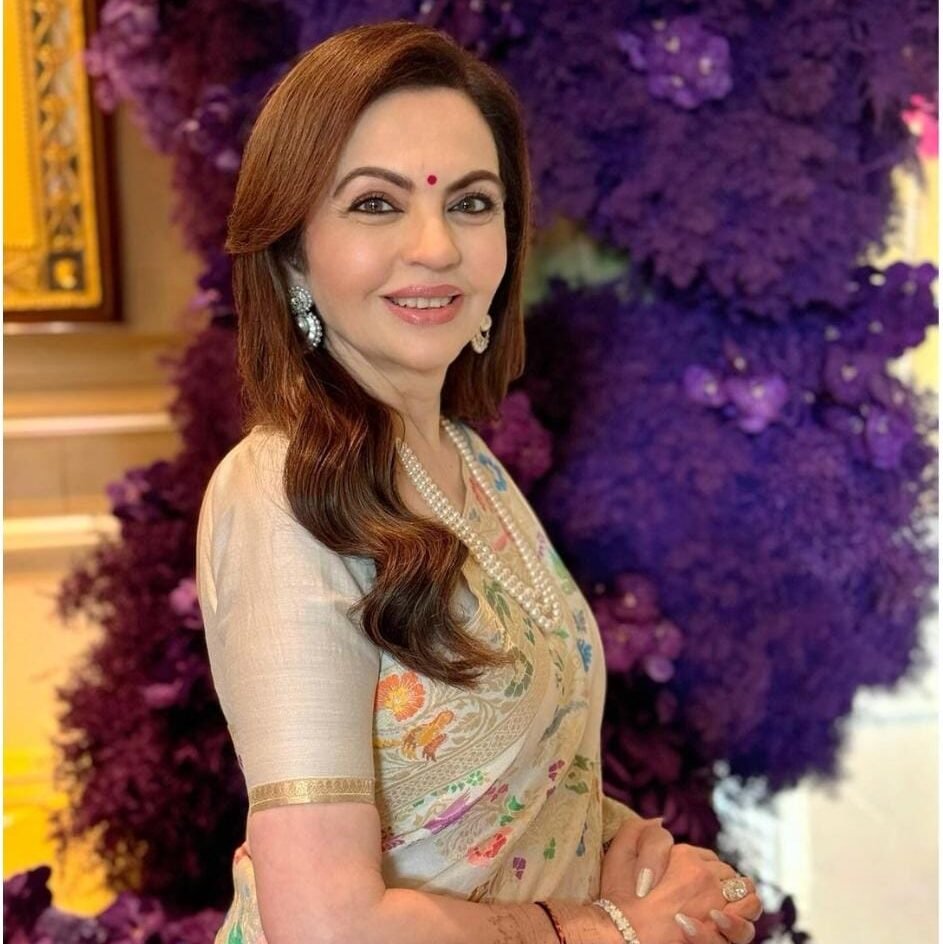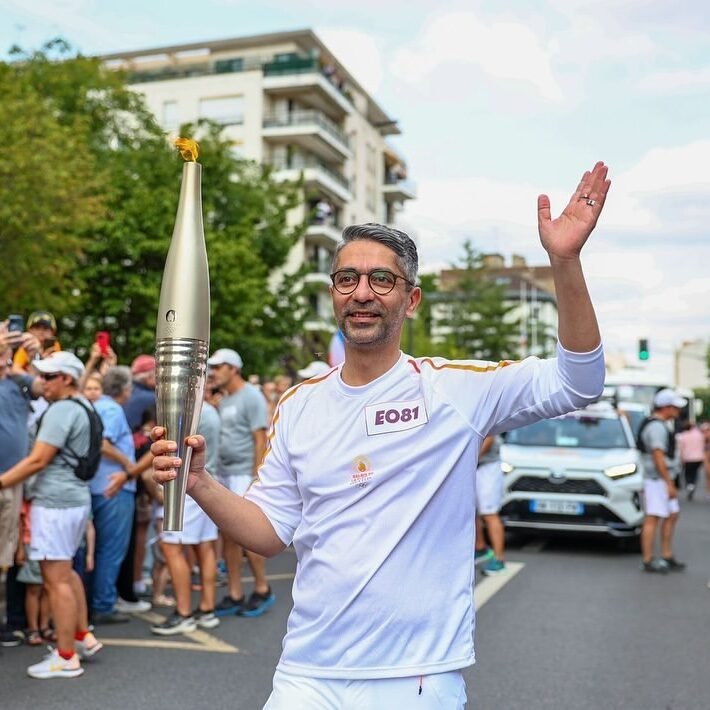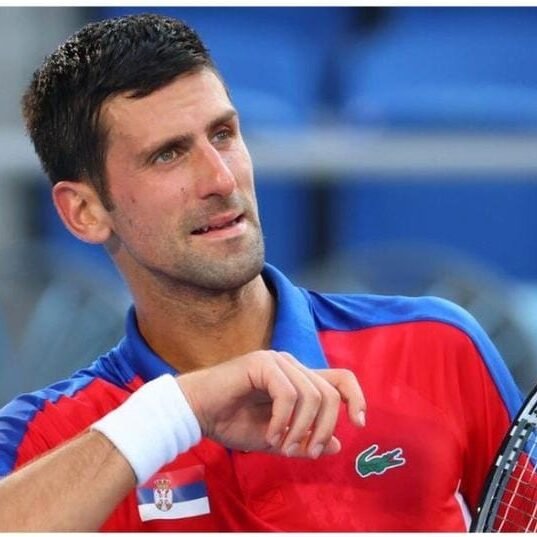Hannah Cardozo tunes into the realm of podcasts to find out why the medium is making waves.
Be it true crime, history, health, films or comedy, there is a podcast for everything and everyone. It’s no wonder that it’s become such a popular medium of entertainment. And it’s not just commentators, jockeys or journalists who are adding podcasts to their repertoire, celebrities and influencers have hopped onto the train as well, giving their audience a peek into their lives and starting conversations with the hope of forging deeper connections with their followers. Why the interest in being heard? Because people want to listen. Activities like doing chores, driving or even going for a run are now done to podcasts, replacing the formerly preferred music or YouTube videos. They’ve snuck into our everyday lives and it is clear that they are here to stay.

The rise of podcasts
Initially known as audio blogs in the 1980s, podcasts were used to share personal experiences through an auditory medium. However, due to the lack of the internet or a suitable medium of distribution, they never gained momentum. That changed in the early 2000s when portable audio devices like the iPod gained popularity. The efficiency of downloading an MP3 file bridged the accessibility gap of the initial endeavour. The term ‘podcasting’ was first penned by journalist Ben Hammersley.

Since then, the popularity of the medium has grown. We are seeing rapid growth in the podcast industry in India too. Mae Mariyam Thomas, creator of the ‘Maed in India’ podcast launched in 2015 – listed as one of Apple’s Best Indian Podcasts of 2018 – believes that it is India’s love for stories and storytelling that has led to this growth. In an interview with a publication she said, “We’re a nation that loves storytelling — whether that’s through fiction, interviews, or people talking about their personal experiences, we love being told stories.”

The creator of ‘Brave Marketing’, Swapna Thomas reveals why she chose the medium, “I chose podcasts for two main reasons. One, I wanted to create a long-form asset in my business as a business coach, something my audience could binge on. Earlier this used to be a blog, but blogs aren’t as popular anymore. India, specifically, is the third largest consumer of podcasts; but I have a global market, thus podcasts work for me.

Secondly, as an introvert, videos aren’t really my thing, I wanted a content format that felt like a conversation and not a produced effort. If you want to get the traction that you desire on YouTube, it requires a lot more effort in production, that’s why I went in for a podcast.”

Audio rules!
The pandemic transformed the routinisation of our lives. Kavita Rajwade, Co-Founder, Indian Vox Media (IVM), revealed in an interview that IVM saw a 30% growth in listeners during the lockdown. “We were initially worried when cars went off the streets because we usually see a huge jump in consumption during drive-time. And now, people could be at home and watch shows. But that excitement died soon. They still had to wash dishes, walk their dogs, clean their rooms… So, household chores replaced drive-time. And the consumption rate was high throughout the day.” Another reason for the shift was the increased attention on screens. This led to screen fatigue, and thus, a switch was made from video to audio.
Hustle culture also makes us feel like we must be productive every minute of the day or constantly learn something new. According to recent studies, 22% of the podcast audience tune in while driving, 11% while at work, 8% during workouts, and 49% at home.
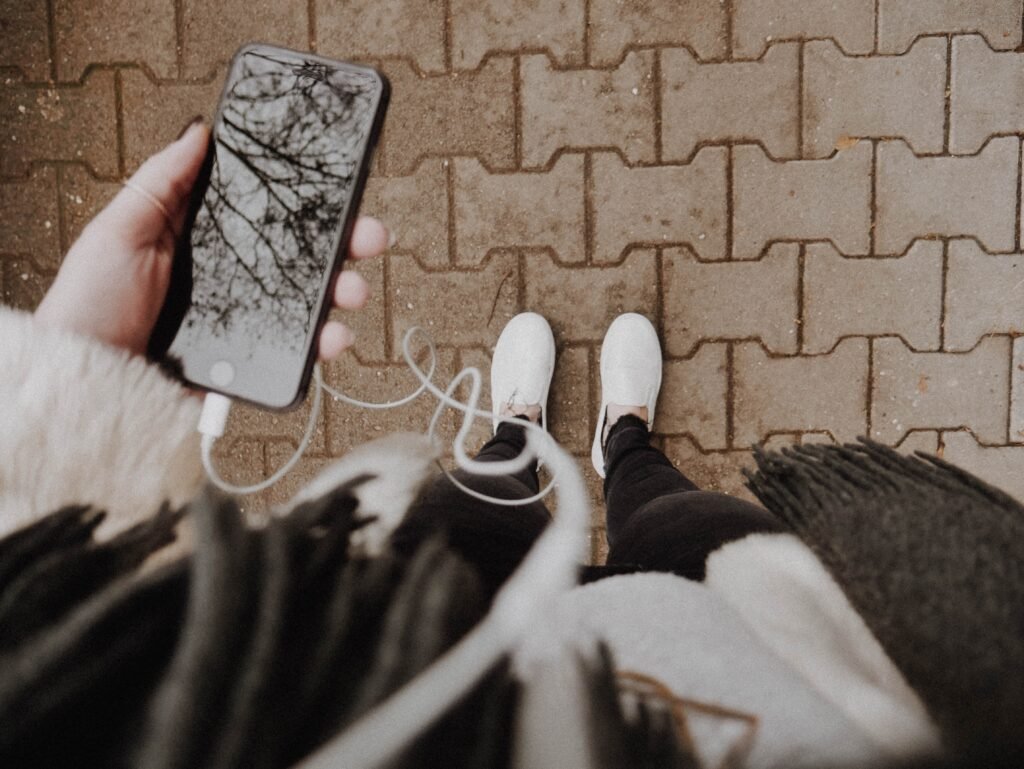
Most creators are in agreement that podcasts enable people to consume information while on-the-go, thus encouraging them to put out content in the audio format. After two seasons of ‘Take 2’ with Rajiv Masand and ‘Kissa Khwabon Ka’ with Audible, Anupama Chopra is a big fan of podcasts. Currently, her venture ‘Film Companion’ posts audio versions of their reviews and interviews. Anupama explains, “I love audio, it’s so interesting and convenient. When I’m in the car or going somewhere, podcasts are my way to not just be entertained, but informed in knowledge.”
Listener’s choice
Podcasts are seen as a more mature version of entertainment; they give people an opportunity to delve into deeper conversations. Amit Verma, host of ‘The Seen and the Unseen’, revealed in an interview, “People crave deep content, especially because most media in these times are catering to the lowest common denominator and serving up shallow, simplistic content. Audio gives you the scope to go deep.”

And the simple fact is, there is an audience out there who knows what they want and demand this kind of content. Joe Rogan and his podcast ‘The Joe Rogan Experience’ are testament to that. The podcast has been ranking high in viewership for a long time now and most recently has been revealed to be drawing in 11 million viewers per episode on an average. While reminiscing with his former co-host on the podcast, he said, “There’s no way I could have predicted it.
How could anybody have predicted it? We started off with zero listeners and just not thinking that it was going to be anything other than just fu*king around.” Even amidst controversy, the podcast legend claimed that he saw a spike in followers and revealed to a website, “It’s interesting, my subscriptions went up massively — that’s what’s crazy. During the height of it all, I gained 2 million subscribers.”
Mixing it up
Most often you can find not only audio but also video versions of podcasts, especially when they are hosted by celebrities or influencers. ‘Cyrus Says’ is a podcast hosted by long-time comedian Cyrus Broacha – with daily content about lifestyle, politics, sports, food, and comedic relief. He says that audience response is key to improving a podcast. Inspired by trendsetters like Joe Rogan, his podcast now posts both audio and video forms because the audience is excited about the visual aspect. “The video format is fun and enables the hosts and guests to be conscious of the audience, and put on a performance for them!”
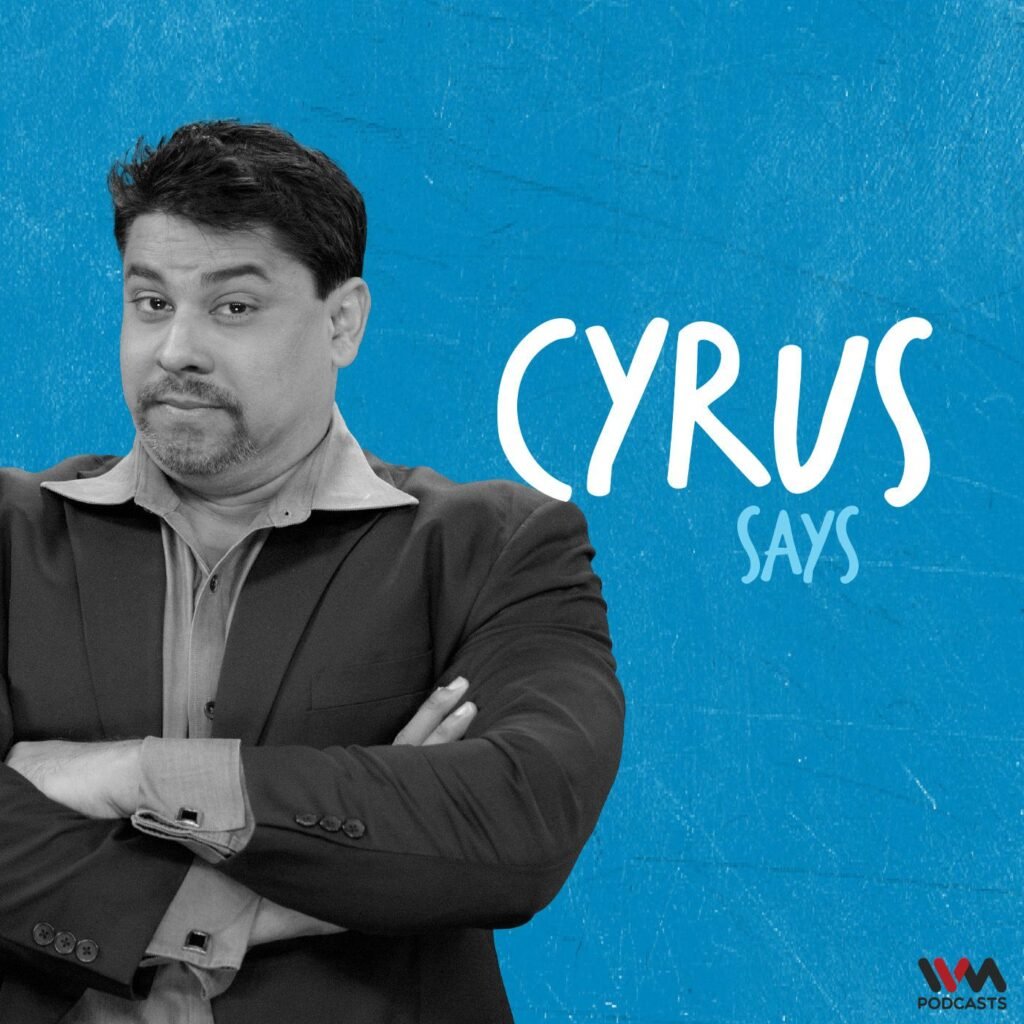
Opportunities in the making
Creators do feel the burden of the time and resources they spend creating, and inevitably they look for ways to gain profit. With podcasts, a niche community is formed and thus advertisers believe that it can be the next best investment. Hosts usually read out the advertisement themselves and choose to endorse products they stand by or know that the audience will like or benefit from. Consequently, the listeners trust the advertisement and are more likely to invest.
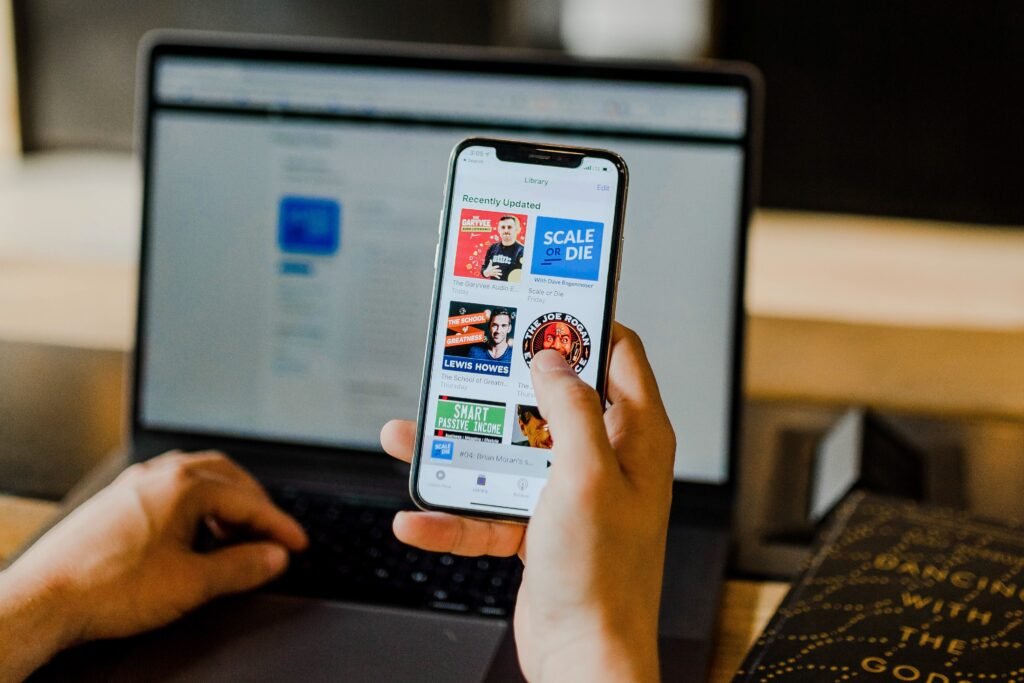
International companies like IAB Pricewaterhouse Cooper estimated spending nearly US$800 million in 2020 on podcast advertising, and expect to double it to US$1.7 billion by 2024. According to eMarketer, the number is very likely to rise to US$2 billion and get closer to US$3 billion by 2025.
Hear to stay

For creators, podcasts are a great way to experiment with content and engage with their audience; while listeners appear to be spoilt for choice. The fact of the matter is that humans enjoy hearing each other speak and have found a way to profit from it. Spending minimal time one can become an expert on their favourite topic, all while performing monotonous tasks. Podcasts are the perfect blend of entertainment and information.

